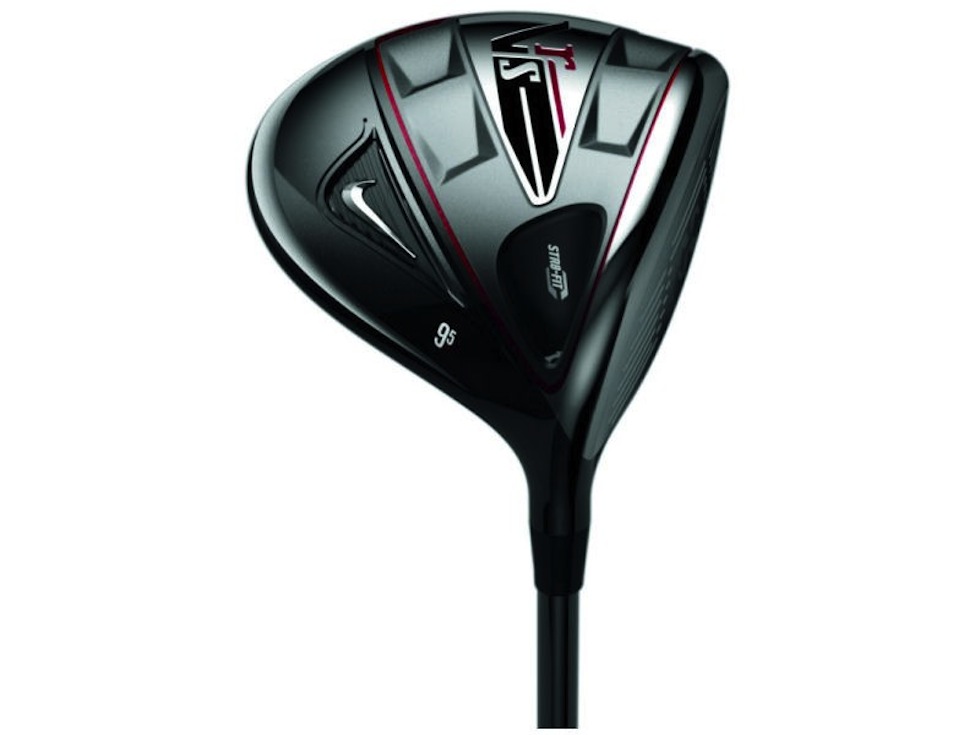 Since Nike burst onto the golf equipment scene roughly a decade ago, they have been one of the more forward-thinking, technologically advanced companies around. They were among the first manufacturers to introduce square drivers with their SasQuatch line and jumped into the adjustability game early on with the original version of the Str8-Fit hosel.
Since Nike burst onto the golf equipment scene roughly a decade ago, they have been one of the more forward-thinking, technologically advanced companies around. They were among the first manufacturers to introduce square drivers with their SasQuatch line and jumped into the adjustability game early on with the original version of the Str8-Fit hosel.
Lately, all of the rage has been making the drivers as light as possible. The idea is is that the lighter they are the faster they can be swung and therefore the further the ball will go. The VR_S is Nike’s newest entry into this category of driver. The claim by Nike is that there are “none faster” and the company even held “speed trials” at golf shops around the country letting golfers around the country compare their current driver to the VR_S. Read on to find out if Nike has winner.
Test Model Details
The model that I tested out had 10.5°, with the stock shaft (Mitsubishi Rayon Fubuki K) in stiff.
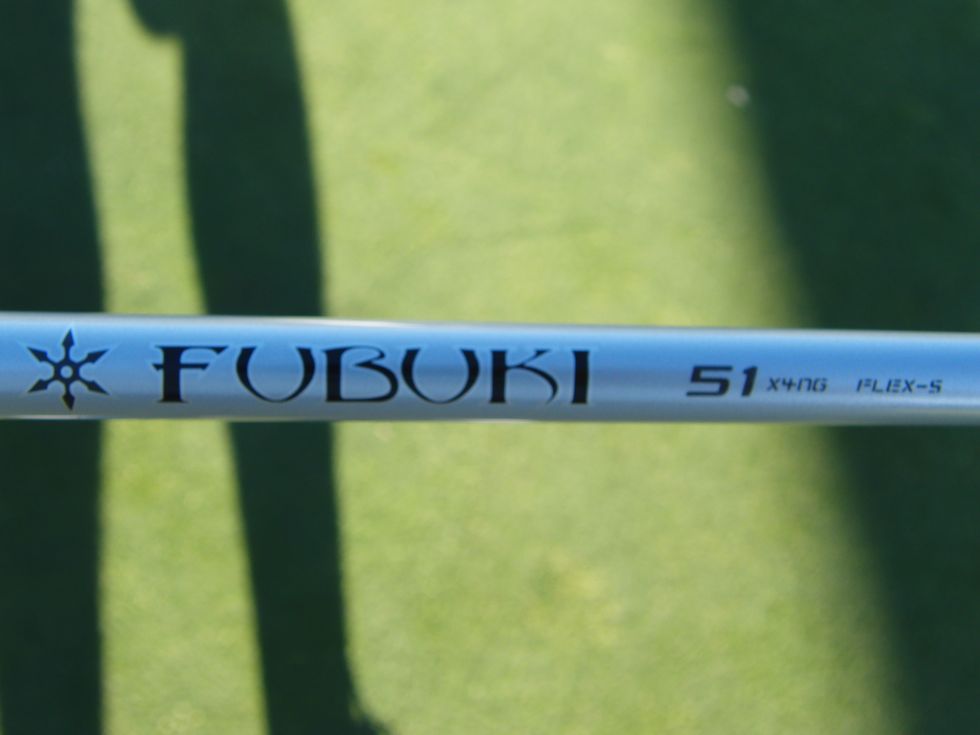
Technology
Nike has packed the VR_S driver full of technology. To start, there is the new and improved Str8-Fit hosel that allows the golfer to fine tune their face angle and ball flight.
Beyond the adjustability of the club is the redesigned head which takes the club to the 460cc limit. While the club is as big as it can get, Nike has worked hard to make the club as aerodynamic as possible to brings swing speeds up. To further enhance the golfers ability to swing this club fast, the stock shaft (the Fubuki K) is both light (57 grams for my stiff shaft) and slightly longer at 45.75 inches.
Nike also has a variable face thickness technology which it calls NexCOR. By varying the thickness of the face, Nike is able to create a more forgiving club that allows shots hit somewhere other than dead center have decent results.
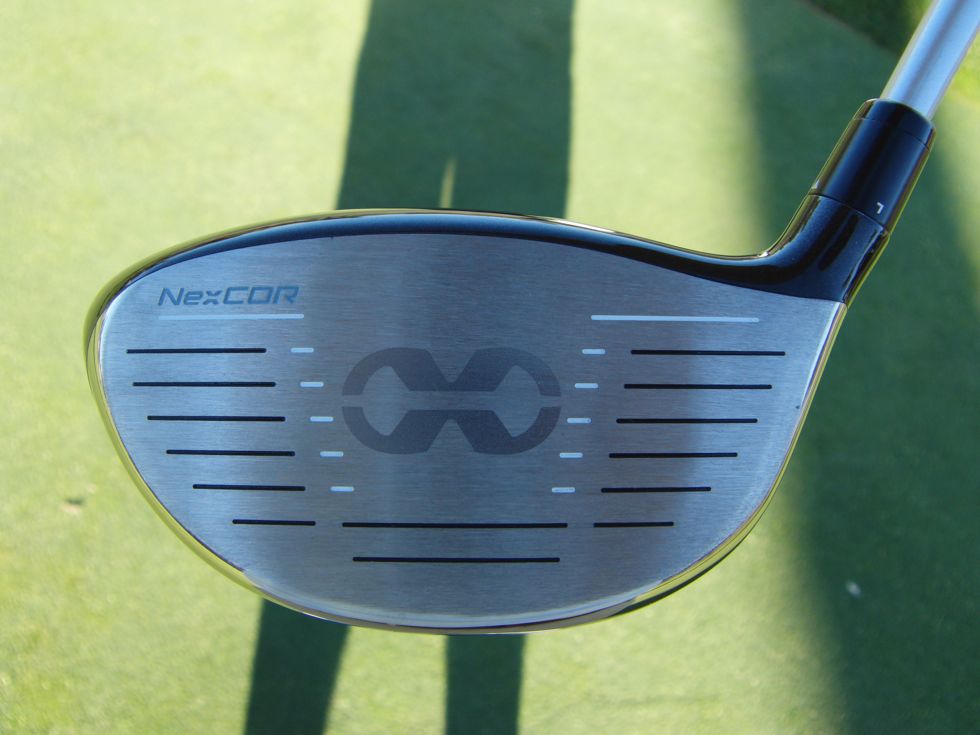
Esthetics
Esthetically, the VR_S is one of the better looking drivers that Nike’s released. It still maintains some of the modern, techy look of past Nike drivers like the SasQuatch and Machspeed but has also brought in more of the classical look (if you can call it that) found in the VR line. The crown is a dark gray and if you look closely, you’ll see that it sports subtle graphics along the edges. However, absent from the top is any sort of alignment aid, which, I personally liked as I ground rather than hover my driver and have the ball set up on the toe.
Another nice change to the looks of the driver from previous offerings from Nike is the updated Str8fit hosel. The new hosel uses a screw on the sole of the club like most adjustable drivers and because of this it is now much closer in size to a normal, non-adjustable hosel. Adjustable drivers from Nike in the past always looked a bit unbalanced to me because of the larger hosel and this is no longer the case. In fact, if you didn’t know already that it was adjustable, I don’t think you’d be able to tell by looking at it at address.
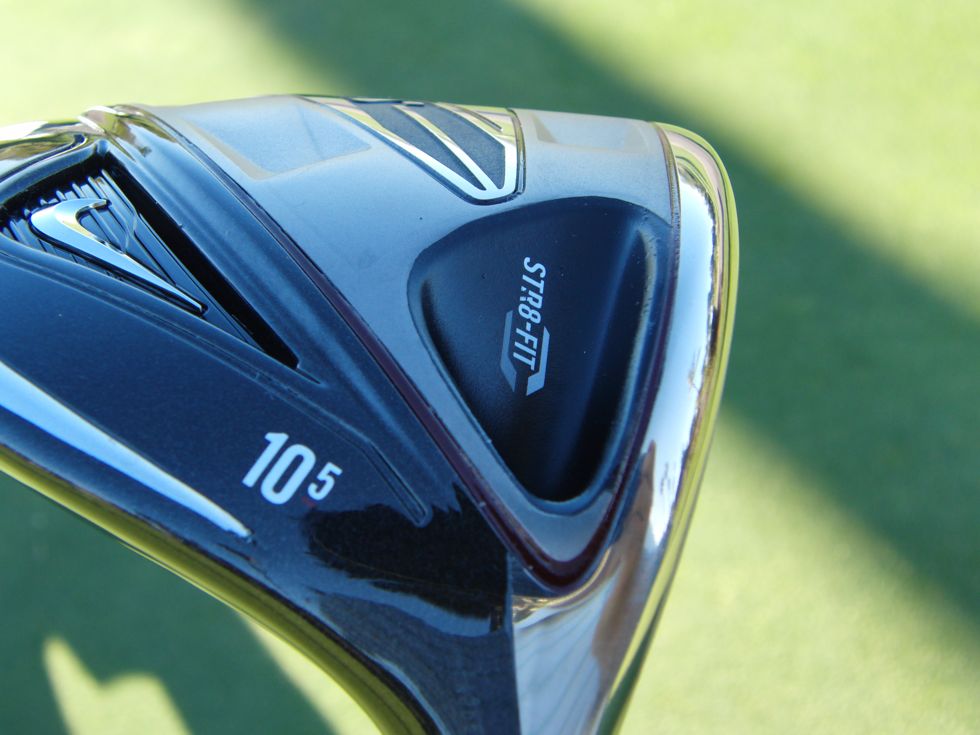
Beyond the subtle graphics on the crown and lack of an alignment aid, the VR_S sports the typical silver face with the NexCOR logo in the center and a few grooves on either side of it. The face is relatively deep and gave me the feeling that I had a lot of room to make contact with the ball.
The driver has a black/gray paint scheme with touches of red on the sole and the stock shaft (a Mitsubishi Fubuki K series) matches it quite well, with it’s black and silver color. The shaft has the typical snowflake design found on Fubuki shafts.
I find the head cover that comes with the driver to be both good looking and a poor performer. Instead of the more traditional sock style head covers (which Nike employees on the fairway woods and hybrids of the VR_S line), they opted for a magnetic closure for the driver. The part that fits over the driver fits snuggly, which is nice, but it can be a little tough to get on, and I’ve noticed more than a few times the irons in my bag knocking the magnetic closure loose. It also seems like the stock head cover does little to protect the shaft from damage, especially compared to a sock style one.
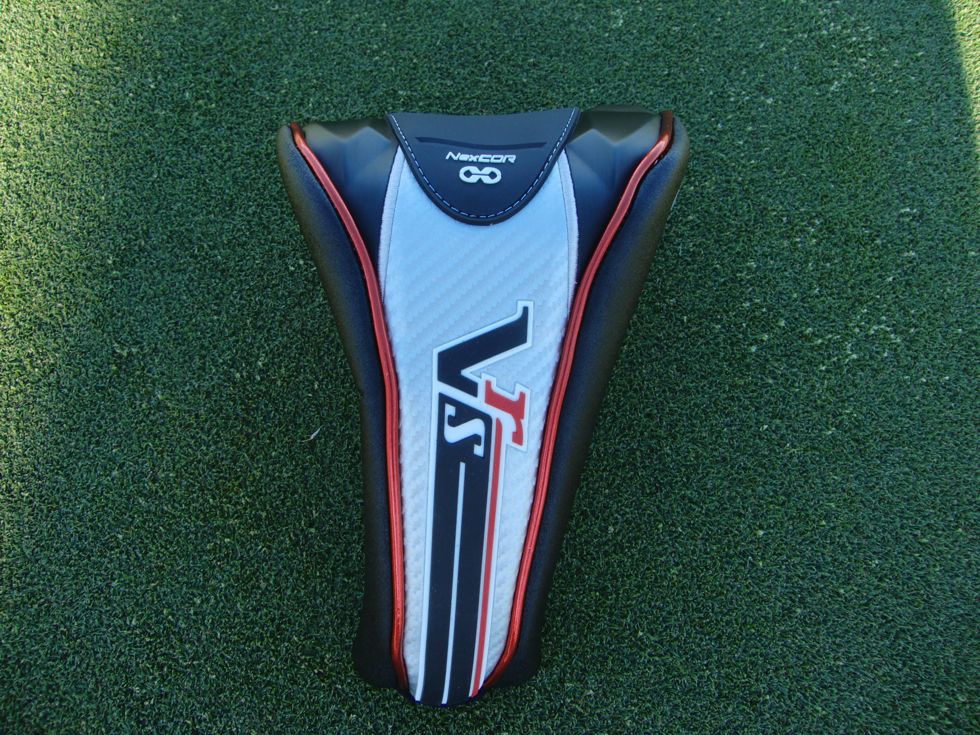
Performance
There are a number of things to talk about with regards to the performance and playability of the VR_S driver.
First, let’s quickly talk about the stock grip. I’ll admit that at first, I absolutely hated this grip. It is Nike’s version of a Tour Velvet, however it has much less grip than you’d typically find on a real Tour Velvet or Lamkin Crossline grip. However, as I am currently playing in temperatures reaching over 100 degrees, I’ve been keeping an ice cold wet towel in the cart to cool myself down and I got tired of having to take off my glove every time I wanted to use it and as such I started playing sans glove. This is when I discovered that this grip is better than I thought… it provides more grip than I initially thought it did (they do seem pretty slick) but not so much that it tore up my hands. I’ve grown accustomed to this grip over the last few rounds on on shots when I use my hybrid or wedges (which have standard Tour Velvet grips) I find myself wanting this one instead.
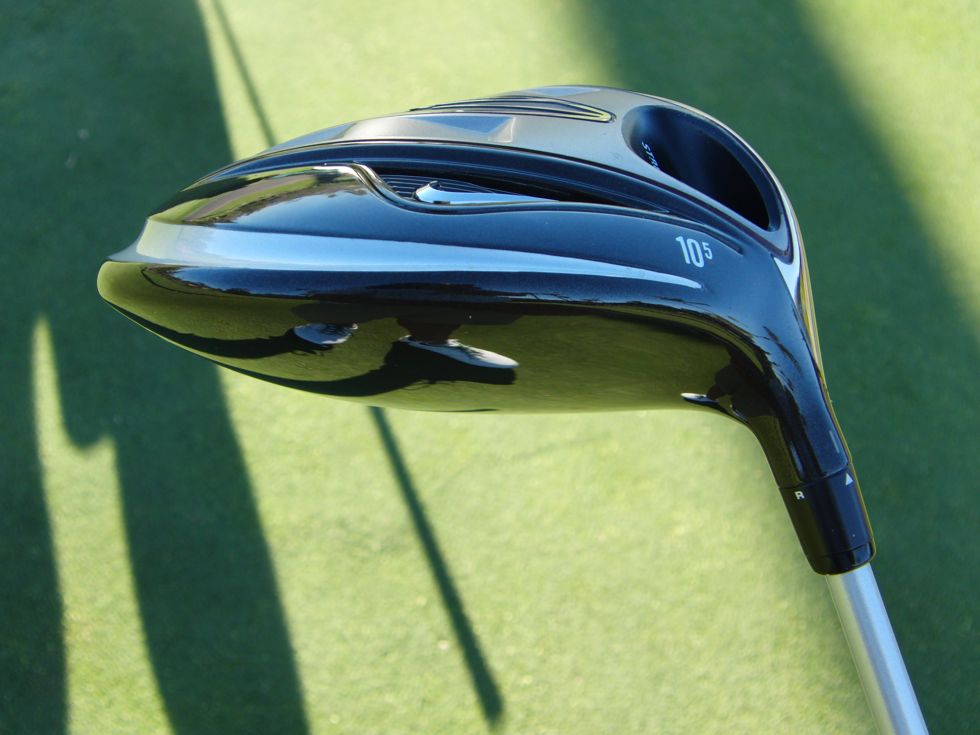
The one real complaint I have about the driver is the sound. I’ve played previous Nike drivers as well as offerings from other manufacturers and each company tends to have it’s own sound. It just so happens that the sound of the Nikes is like an aluminum baseball bat. It is loud and ear-piercing and tends to gather looks on the range from time to time.
That being said, I’ll gladly deal with the obnoxious sound for the results that I’ve been getting. With my previous driver (a Titleist 910D2), things were either very good or very bad. And when I say bad, I mean it. With the VR_S driver, I feel that I am much more consistent than I was previously. My misses aren’t as far offline as they were before and I am hitting it well more often. Don’t get me wrong, this isn’t a magic stick and won’t turn you into a great driver, but the NexCor face is suppose to be more forgiving and I believe that it actually is.
Each company that has come out with an adjustable driver has their own unique way of implementing it and I think that Nike’s version is among the best available. The new Str8fit hosel actually reminds me a lot of the one I had on my TaylorMade R9 460. Since the time of the R9, TaylorMade has come out with the R11 (and then R11s) and increased the number of ways that the club can be adjusted, but along with that brought more confusion into the process as there are almost too many options.
The Titleist I had before was also nice, but with settings like A3, B1, or D4 you had to have the chart to make any sense of it. This is not the case with the VR_S. There are two neutral settings (one regular, one flat) and then you can either adjust the face to be more open (R) or closed (L) in various degrees with the maximum setting in either direction being right on the letter. This is pretty simple and it’s nice not to have to refer to a manual to figure it out or have so many choices that it becomes confusing.
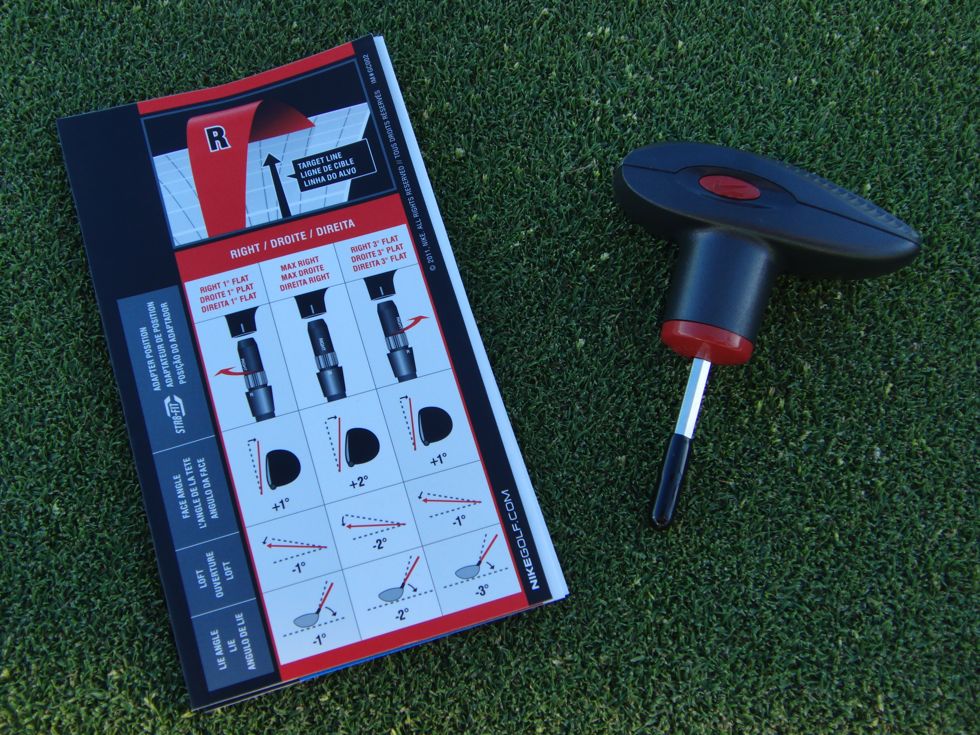
The VR_S falls into that new category of light drivers that is suppose to make it so y0u can swing faster and therefore hit the ball further. I, myself, haven’t really noticed an appreciable gain in distance over my previous big stick but I haven’t lost any either. The claim is that there are “none faster” and while I really do like this driver, that hasn’t been my experience as, according to a launch monitor, I swung this and my old driver the same speed, topping out in the mid 90s.
Conclusion
I believe that the VR_S driver is a definite winner for Nike. Before, with Nike, it seemed like they had their techy and more forgiving clubs that were ugly (remember the SasQuatch) and then their better looking, more of a players type club, like the VR Pro. With this driver, Nike was able to incorporate a bunch of great technology as well as forgiveness into a club that maintained the good looks that golfers have come to expect from the Victory Red line of clubs. Beyond that, the club performed great even if it didn’t sound it. If you are in the market for a new driver, especially if you are looking for adjustability or something light weight, than you owe it to yourself to take a look at the VR_S driver.

Very Good review
I see your swing speed is in the 90s, and this was a stiff shaft. Might a regular flex be better? (Or do these shafts tend to be not as stiff as other brands, equivalent to regular flex in other brands?)
Great Review
@Missouri Swede
I’ve always kind of sat on the border between regular and stiff flex and was always told that for more accuracy to go with the stiffer flex and more distance the weaker flex. Accuracy has always been my focus so that’s what I chose. On top of that, my tempo is quick and considering I’ve always used stiff flex I wanted to keep that the same so I could draw some comparisons against other drivers I had.
I spent about a month earlier this season trying every driver on the market, and I mean EVERY driver on the market. I think I hit a least a large bucket with everything made (TM, Callaway, Cobra, Adams, Titleist, TE, Ping etc) by the time I was done. I was first exposed to the Nike VRS when I rented some clubs for an outing in Vegas. I was BLOWN AWAY at the performance of the VRS compared to my Ping Rapture. I knew I’d have to demo it when I got home and prior to the outing, I wasn’t even thinking NIke would be in the hunt.
For me, there wasn’t a better performing driver in terms of distance, dispersion and the most important for me, feel. The thing that concerned me is that the specs on the VRS show the stiff Fubuki as having 7 degrees of torque. I was concerned that this high torque would lead to control issues. I’ve been using the VRS exclusively since early June and I don’t have any control issues. In fact, I’m driving the ball better than I have in a decade. I’ve found the VRS to be longer and more consistent then my Rapture and personally I couldn’t be happier. Last week during league play I was seeing parts of the fairway that I haven’t seen in a while.
I disagree with the OP’s comments on sound but much like feel, that tends to be a very personal preference.
Thanks for the review. Did the speed trials for the Nike 3 wood and ended up winning this driver! Haven’t received this yet, but with this good review, I’m looking forward to hitting it.
@GolfBear
The more I play with it, the more I’m getting use to the sound… It still is the one negative for me for an otherwise great club.
7 degrees of torque?????
@tylerfj24
That was my initial reaction as well until I learned something when researching the issue. Much like flex, there is no industry standard for torque. Nike’s 7 might be TM’s 4. According to Nike, the Fubuki shaft they used in conjunction with the head was well within all of their spec parameters. I’ve been playing this driver for a little over a month. My ss is around 105mph with the driver and I’ve had no issues despite that torque number. It’s simply the best driver I’ve ever owned.
Totally agree. We also reviewed this driver and found it to be very long. I am not sure why they could not make a better headcover, but other than that, I am on board with the driver.